Today, Leica has released a major new firmware update for the SL (Typ 601): Version 3.0. This firmware incorporates a considerable number of new features, enhancements, stability improvements and bug fixes. Before we dive into all the details, you can click this link to download the firmware:
If you are unsure how to update the firmware on your Leica SL, our 3 minute video below will guide you step-by-step.
Video Overview
If you'd like to get the quick overview of the biggest improvements in firmware 3.0, check out our short video. For full explanations of each change, be sure to read on, where I go into each one in detail.
To start with, here is the official list of features and fixes, from Leica:
Up to 35% faster writing DNG files to SD card
- Optimization of the writing process reduces the time needed for saving DNG files up to 35%. This clears the buffer much faster after burst shooting.
Optimized Autofocus
- MF/AF control optimized
- Autofocus reaction time is shortened
- Improved AF tracking of objects with SL lenses
- Improved zooming while recording video
- Improved AF field changes while recording video
- Improved AFc (continuous) while recording video
New Firmware for Lenses (included in SL firmware 3.0)
- Improved accuracy of the focus position
- Improved AFc accuracy if an object moves towards the lens
- New firmware for Vario-Elmarit-SL 24-90mm f/2.8-4.0 ASPH
- New firmware for APO-Vario-Elmarit-SL 90-280mm f/2.8-4
Additional Improvements
- Store DNG and JPG on separate SD cards
- Independent exposure control for video and photo mode
- New video frame rate 24fps for 4k resolution 3840×2160
- White balance ‘flash' improved for use with studio flash system's modelling light
- Electronic shutter mode for shutter speeds from 1s – 1/16,000s for silent shutter release (exact range is ISO dependent)
- Exposure preview in M-Mode improved for continuous preview
- Improved usability in play mode when zooming to 1:1 (100%), location gets stored to easy access the same location
- Improved flash behavior for AutoISO setting
- Improved behavior of flash units in continuous burst shooting mode
New Options for Customization
- Swap the dedicated exposure controls of the front and back dial
- Current control setup of the front and back dial is shown on the top display
- Renaming from T-Mode into S-Mode
- New option for AF Tracking “RESET”: Start position of the AF tracking is fixed on a specific location which can be adjusted by the joystick.
- Graphical User Interface of the multi selection and delete functions improved
- AE/AF-Lock Button can be assigned to magnification for a quick visual check of focus position
- New option to show the focus distance in feet or meters
- Automatic detection of Leica M and Leica R lenses can be turned off
- Video resolution/framerate can be assigned to the personal favorite menu
- User experience increased: the “OK” button on any keyboard input screens is touch sensitive
- Audio in/out levels can be controlled directly by left/right joystick on the histogram screen
- Several minor improvements made on graphical user interface
- New default behavior: the function “Access menu in EVF” is enabled by default. This function enables the upper left button while looking through the electronic viewfinder. Either menu access or quick access to custom functions is available now by default. For users experiencing accidental presses of the upper left button by their nose – it is recommended to disable this function in the “Customize Control” menu.
Bug Fixes
- Any shutter speed limitation for any manual focus lens is deactivated
- Improved stability for tethered shooting with Leica Image Shuttle 3.6
- If an USB connection is detected by the camera, the warning of a missing SD card is hidden. This allows the use of Leica Image Shuttle and Adobe Lightroom Plugin without an inserted SD card.
- For Leica M and Leica R lenses the real-time display of the set lens aperture is hidden
Leica SL App
- Support for downloading DNG files over Wi-Fi
- Shutter can be released by pressing the volume button (on your mobile device)
- Mobile device vibrates on shutter release
Taking a closer look
That is a lot of new features! There are a few that are quite significant which we can examine in further detail.
Optimized DNG Performance
With version 3.0, Leica has dramatically decreased the write time for DNG files onto the SD card. Testing here with a SanDisk Extreme Pro 32GB SDHC UHS-II 280 mb/s, we found that with firmware 2.2, a high-speed burst of 34 images (filling the SL’s buffer) clears out in 42 seconds. That time was reduced to only 28 seconds with firmware 3.0; a 40% improvement!
This is great for sports photographers or anyone who often shoots in the SL’s continuous shooting modes; especially the 11 frames-per-second high speed mode.
Electronic Shutter Range
In the last major firmware update for the SL, version 2.0, Leica introduced the electronic shutter option for shooting at speeds faster than 1/8000th of a second. A side benefit of that function was a completely silent shutter, but only at those faster speeds. Now with firmware 3.0, there are three modes for the electronic shutter.
When set to “Off” it completely disables the electronic shutter and limits your fastest shutter speed to 1/8000th. The “extended” setting is the same behavior as the “on” setting in 2.0: the camera will activate the electronic shutter at speeds over 1/8000th up to 1/16,000th of a second. However, the best part of version 3.0 is that you can set “Always On” which will activate the electronic shutter function for a much wider range of shutter speeds for completely silent shooting. The range available depends on your ISO setting; the chart below breaks down what will be available:
| ISO Setting | Longest Shutter Speed | Shortest Shutter Speed |
|---|---|---|
| 50 | 1 sec | 1/16,000 sec |
| 100 | 1 sec | 1/16,000 sec |
| 200 | 1 sec | 1/16,000 sec |
| 400 | 0.5 sec | 1/16,000 sec |
| 800 | 1/4 sec | 1/16,000 sec |
| 1600 | 1/4 sec | 1/16,000 sec |
| 3200 | 1/13 sec | 1/16,000 sec |
| 6400 | 1/30 sec | 1/16,000 sec |
| 12500 | 1/30 sec | 1/16,000 sec |
| 25000 | 1/30 sec | 1/16,000 sec |
| 50000 | 1/30 sec | 1/16,000 sec |
It is important to be aware of a major limitation when using an electronic shutter. You do not want to use this feature if you are shooting anything that is moving rapidly. If you do, you will experience a “rolling shutter” effect where your subject will be “stretched” across the frame. This is due to the way that CMOS sensors work; each row of pixels is first activated then deactivated for an exposure in a sequence, not at all at once. Therefore if your subject is moving across the frame as the rows of pixels are capturing the scene, your resulting image will have what is sometimes called a “jello” effect.
Separate DNG + JPEG Recording
Given the SL’s dual SD card slots, the omission of this feature from Day 1 is surprising but finally in firmware 3.0 you can record a DNG file to one SD card, and a JPEG file to another. This is especially handy if you are using the camera’s Wi-Fi functionality to transmit images to an iOS or Android device, as you can easily navigate to the second SD card slot to grab any JPEG images you may need to transfer.
Independent Exposure Control for Video and Photo Modes
For video shooters this is a great update. Previously when switching between photo and video modes on the SL, your current exposure settings in photo mode were carried over to video mode. Now you can independently control exposure settings in either mode. Do note that your current ISO setting carries over between modes.
New Video Frame Rate
With the addition of a new frame rate, 24 fps for 4K 3840×2160 UHD you can now shoot at the same frame rate for both 4K UHD and 4K DCI.
Improved Auto Focus Performance
The SL’s autofocus was already pretty quick, but firmware 3.0 shortens the focus reaction time, improves the tracking performance and upgrades continuous autofocus in video mode. In addition, firmware 3.0 also includes new lens firmware for the Vario-Elmarit-SL 24-90mm f/2.8-4.0 ASPH and APO-Vario-Elmarit-SL 90-280mm f/2.8-4, which increases the accuracy of the autofocus when tracking subjects coming straight at the camera.
Exposure Preview Controls
The SL’s Exposure Preview function is very handy for checking what your exposure is going to look like before you take a shot. Simply press the shutter halfway, and the camera simulates the resulting exposure. However, if you are shooting in a studio with strobes, working in manual mode, most likely the proper exposure for the lighting setup would give you a totally dark preview when the shutter is pressed halfway. In the old firmware, you would just turn exposure preview off, but then you would be giving up that functionality if you wanted to shoot any available light photos. Firmware 3.0 now gives you two settings for exposure preview. PAS keeps it on in program, aperture priority and shutter priority mode but disables it in manual mode. PASM activates it in all shooting modes including manual.
T is Now S
A minor, but odd quirk of the SL was Leica’s decision to call the mode where you set the camera’s shutter speed and the camera figures out the aperture “time priority” mode, when usually this is referred to as “shutter priority” mode. Nearly all cameras have the shooting modes “PASM but the SL had “PATM.” Firmware 3.0 fixes this; now “S” shows on the top LCD when you are in shutter priority mode instead of “T.”
Improved Playback Zoom
Once you zoom into an image during playback with firmware 3.0 installed, that zoom position becomes “sticky” and the camera remembers it every time you zoom back into that image, or any other image on your SD card, until you either move the point around with the joystick or touchscreen, or power the camera off. At first this feels a bit odd, but if you are shooting a series of images where the subject is not moving, it makes checking your focus much faster than having to move back to your focus point every time. Of course it would be cool if the SL could automatically zoom in to wherever you focus point was set, but this is a good start!
Swap Functions of Aperture and Shutter Speed Dials
There is a new setting in the Customize Control menu called “Wheel Assignment.” This new setting allows you to swap the functionality of the shutter speed dial (on the top of the camera) and the aperture dial (on the back of the camera). You can now set the top (or as Leica calls it, “front”) dial to control the aperture, and the rear dial to control the shutter speed. The top LCD screen also changes a bit when you adjust this setting. In its default mode, with the top dial for shutter speed and rear one for aperture, the aperture setting is displayed under the shutter speed. Swap the dials, and the aperture goes on top of the shutter speed, along with the symbol for the shooting mode that you are in (PASM). This makes it easy to see which dial is doing what.
AF Tracking Reset
The SL has a handy focus tracking feature called Dynamic Mode, which keeps the focus point on your subject even as it moves around the frame. For as long as you keep the shutter halfway pressed, the camera will do its best to maintain sharp focus on the subject you are shooting. However, as soon as you take your finger off the shutter, the camera leaves the focus point wherever it last tracked your subject. This can be frustrating if you are going to shoot something else, because you don’t really know where the focus point ended up.
For example, if you are shooting car racing, and using Dynamic Mode to track the car across the frame, once the car is out of frame the focus point will be all the way to one side of your image. Not great if you are trying to focus on another car coming into view! But in firmware 3.0, you can go to AF Setup, switch AF Tracking Start Position from “Continuous” to “Reset Position” and the SL will automatically reset the focus point to its starting position once you release the shutter in dynamic mode.
New AE/AF Lock Button Function
In firmware update 1.2, Leica gave users the ability to quickly zoom to 100% to check focus, when using manual focus lenses like M or R glass, by pressing the joystick button in once. This was much improved over having to stretch your finger across the back of the camera to press the bottom-left button by the LCD screen. However, this only worked with manual focus lenses. If you wanted to magnify the live view when using an SL lens in MF mode, you still had to press that bottom-left button. Now in firmware 3.0, you can set the joystick button to zoom to 100% in MF mode with SL lenses.
To do this, go into the Customize Control menu, then AE/AF Lock Button, then MF Mode, then select Zoom. When your Focus Mode is set to MF, with an SL lens attached, you will now be able to quickly magnify your live view to 100% to get perfect focus.
Focus Distance in Feet or Meters
You can now change the camera’s focus distance unit of measurement from meters to feet. In the Capture Assistants menu, scroll to Distance Unit to switch between meters and feet.
Automatic Lens Detection On/Off
If you do not want the camera to automatically assign a lens profile when you attach a 6-bit coded M lens or a ROM coded R lens, you can now select OFF under Lens Profiles to prevent the camera from applying any profile to the attached lens.
Video Settings in Favorites Menu
If you are frequently changing the video resolution or framerate, you can now add this function to the SL’s Favorites menu. Simple but appreciated!
OK on Menu Keyboards Touch Sensitive
Some parts of the SL’s menu involve typing on an on-screen keyboard, such as naming user profiles or setting a Wi-Fi password. The OK button at the corner of the on-screen keyboard is now touch sensitive, saving you the trouble of navigating to it with the joystick to confirm your text entry.
Direct Audio Level Control
Previously, if you wanted to adjust the audio levels on the SL, you had to dive into the menu to access the setting. With firmware 3.0, you can use the joystick control to quickly adjust audio levels up or down on the display screen that also includes the histogram.
Menu Access in EVF
In previous versions of SL firmware, the function Menu Access in EVF, found in the Customize Control menu, was disabled by default. This function, when enabled, allowed you to press the button on the top-left corner of the LCD screen while using the electronic viewfinder to access the menu in the EVF itself. In firmware 3.0, the new default is that this function is enabled. If you find yourself pressing that button with your nose while you are shooting, and unintentionally bringing up the menu in the EVF, be sure to disable this function in the menu.
Improved White Balance with Studio Strobes
Leica has made a clever change to the way that the “flash” white balance setting works. If you are working with studio strobes, most likely you are using modeling lights to properly aim the lights at your subject. Most modeling lights have a much different color temperature than the actual flash, so if you have your white balance set to flash, the image could look a bit off when previewing it with live view. Now in firmware 3.0, when set the camera to the flash white balance setting, the SL uses auto white balance during live view to give you a proper preview, and then sets the flash white balance for the actual exposure. Smart!
No More Aperture Estimates for M Lenses
Using Leica M lenses on the SL is actually quite a pleasant experience, thanks to the incredibly sharp EVF and focus peaking/magnification. In previews firmware versions, the SL would give you an aperture readout on the top LCD screen when you had an M lens attached. Of course, there is no electronic connection between the M lens and the camera, so this aperture value was simply a “best guess” based on the current ISO, shutter speed and the camera's light meter reading of the scene. Sometimes it was right, or close, but other times it was way off which really hurts more than it helps. With firmware 3.0, the SL will no longer give any aperture value on the top LCD screen with M or R lenses attached. The aperture ring setting on your lens is what you will want to reference!
With so many new features and functions in firmware 3.0, we will be continuing to test the camera to see how the improvements are in real-world shooting. If you have any questions about the new firmware or the SL-System, please don’t hesitate to give us a call at 305-921-4433 or email us.

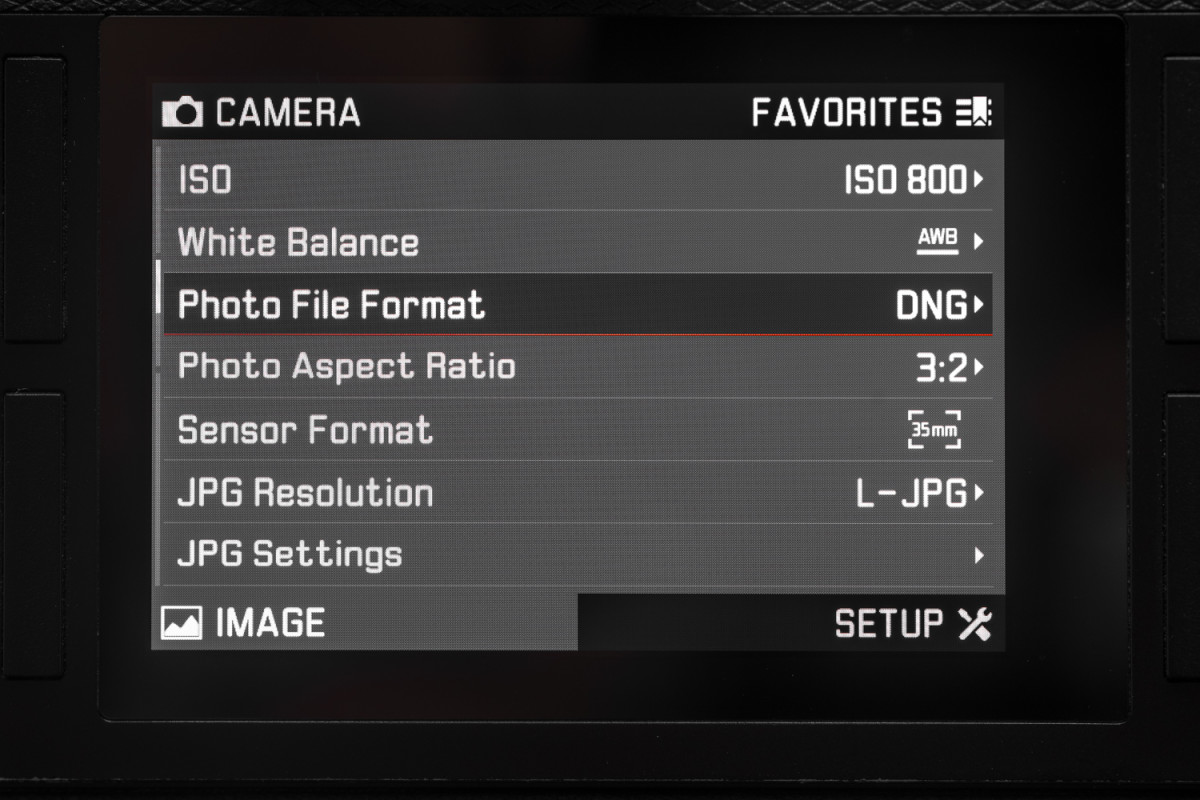
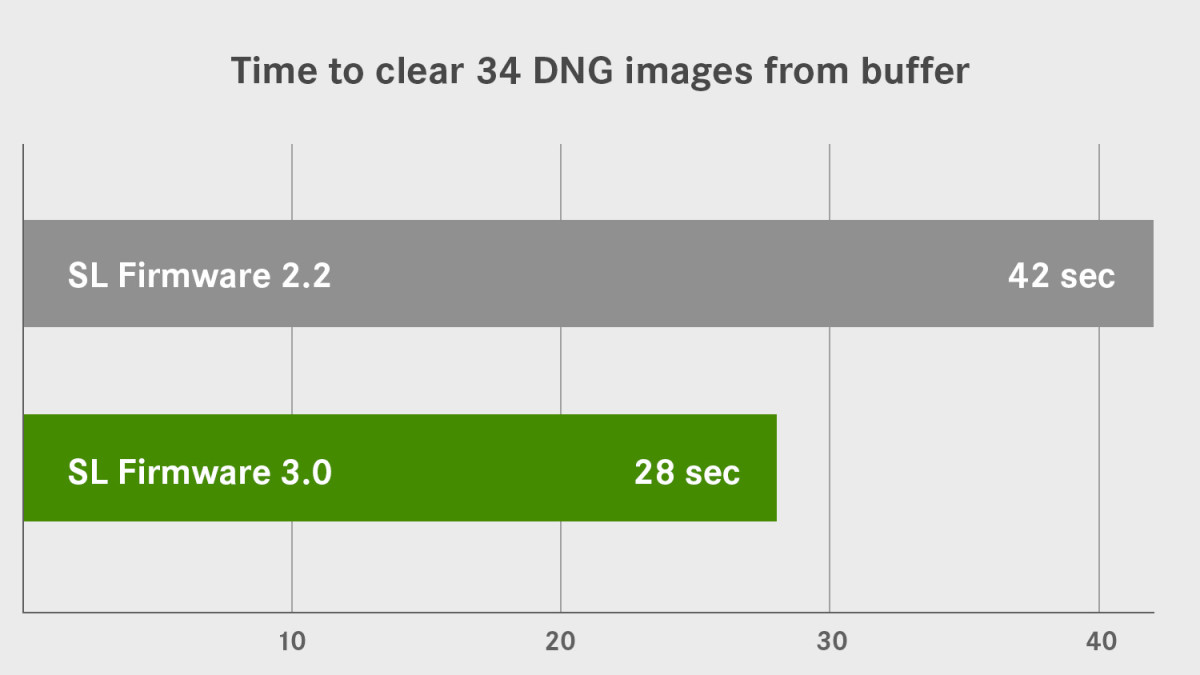
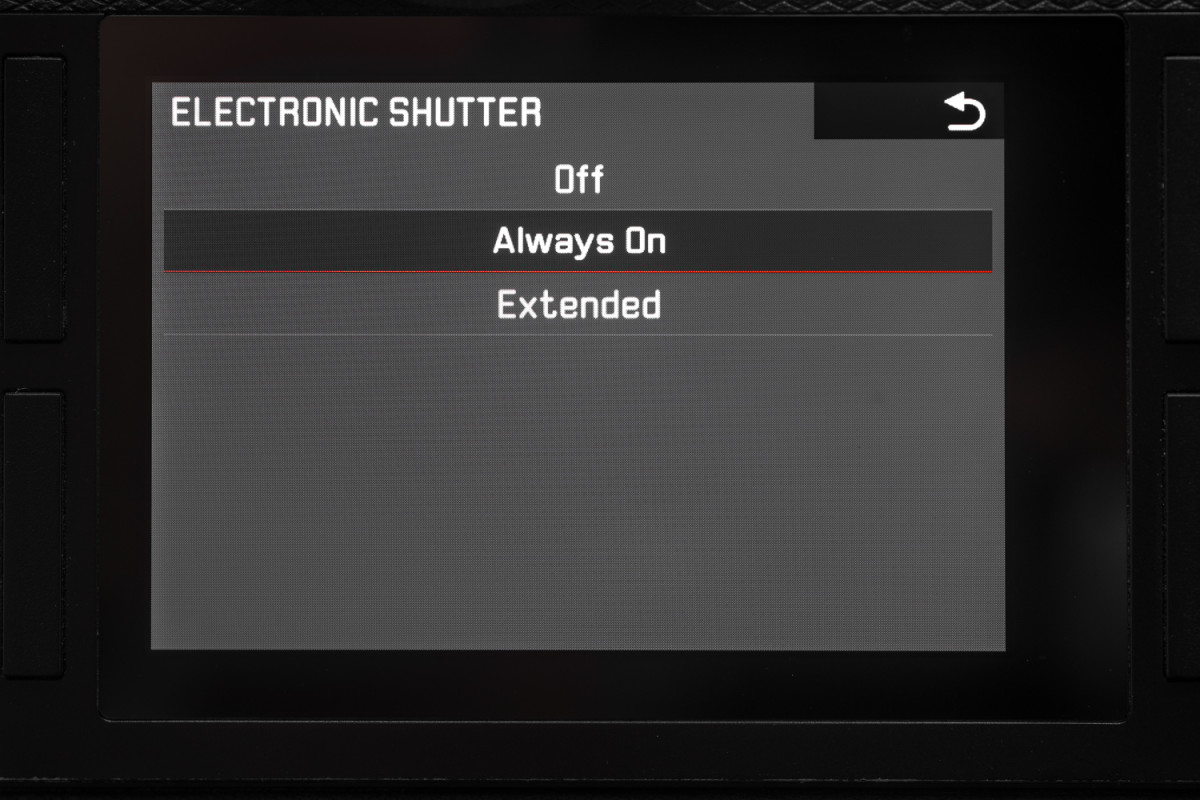
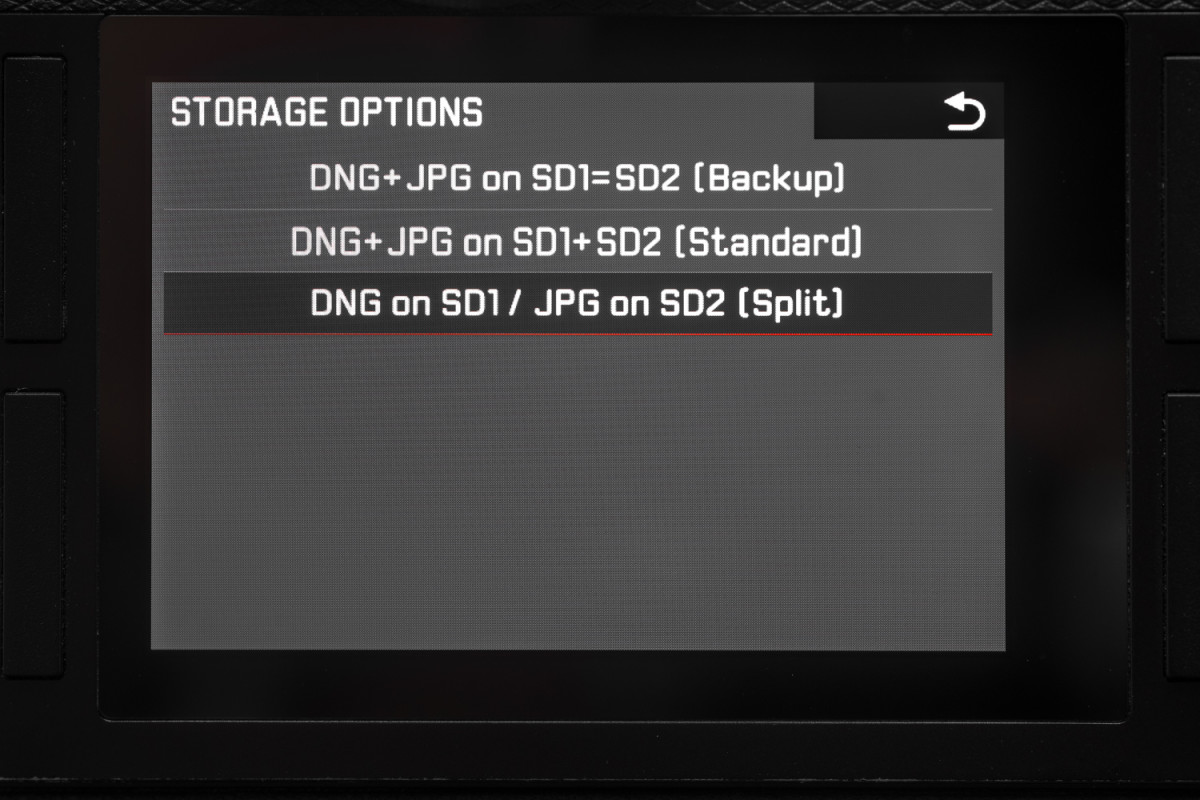
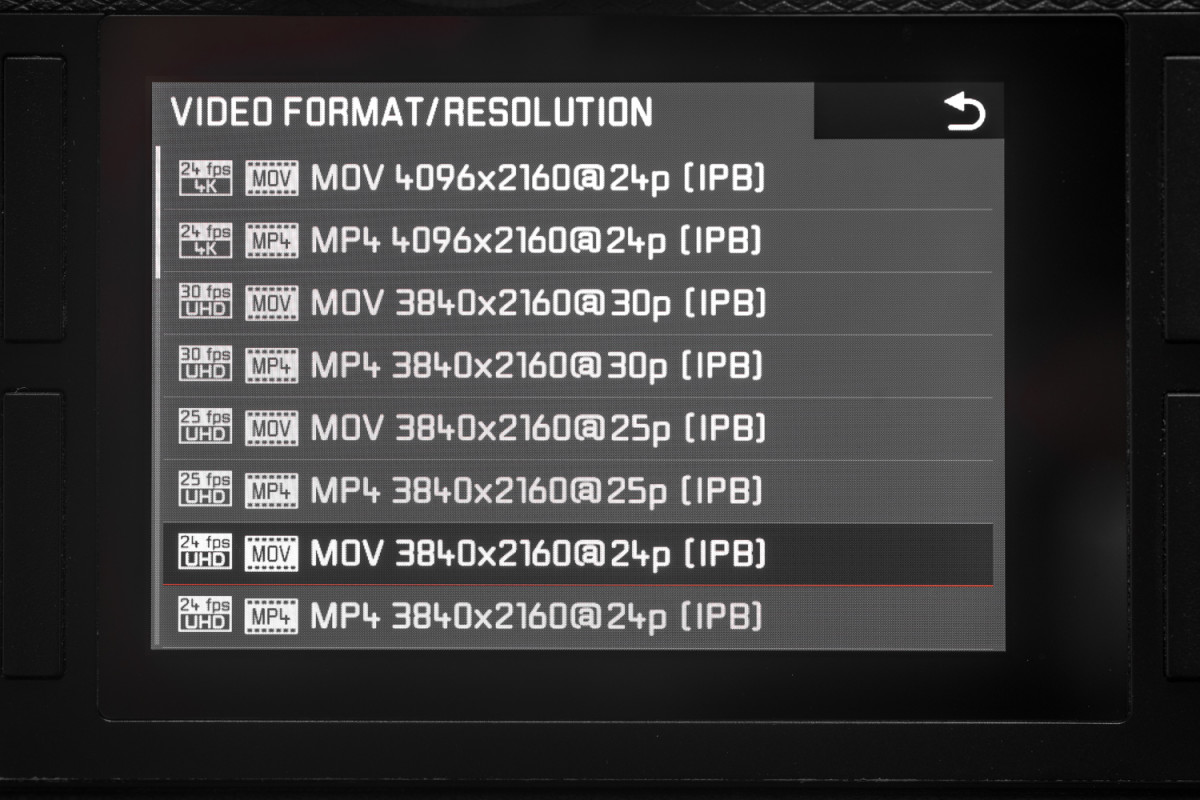
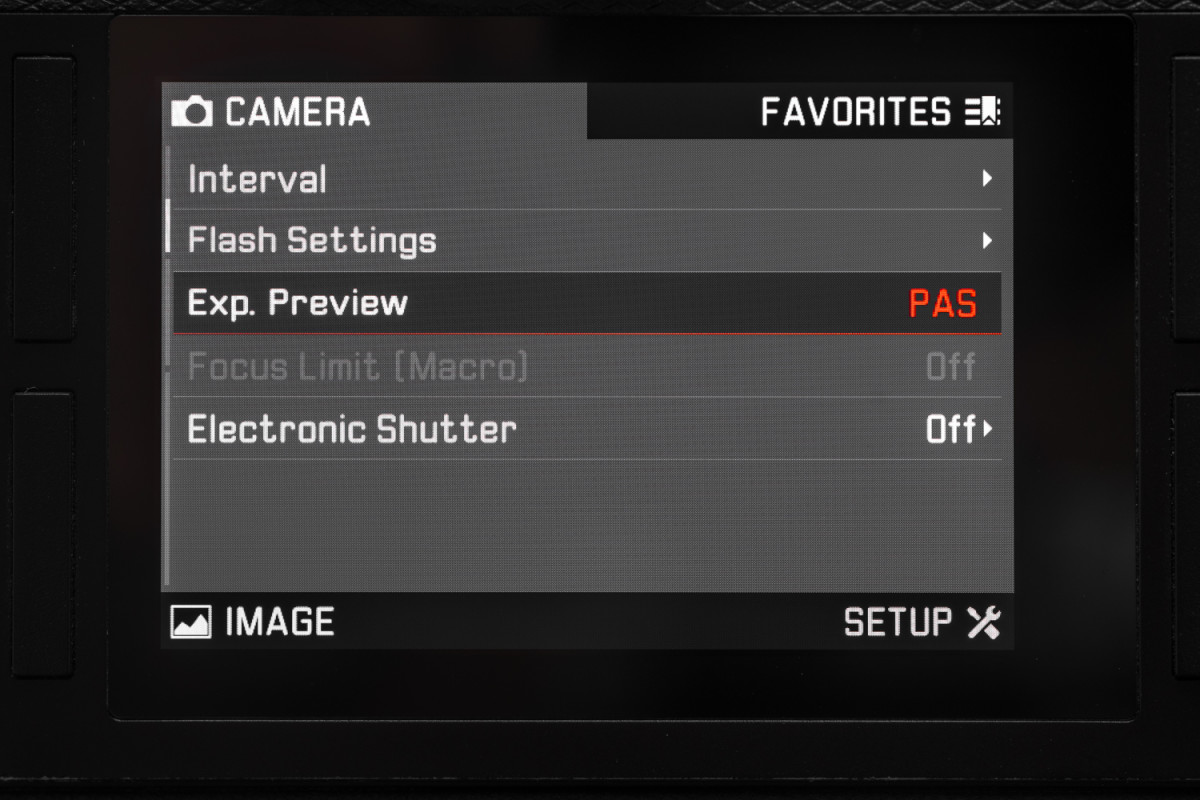
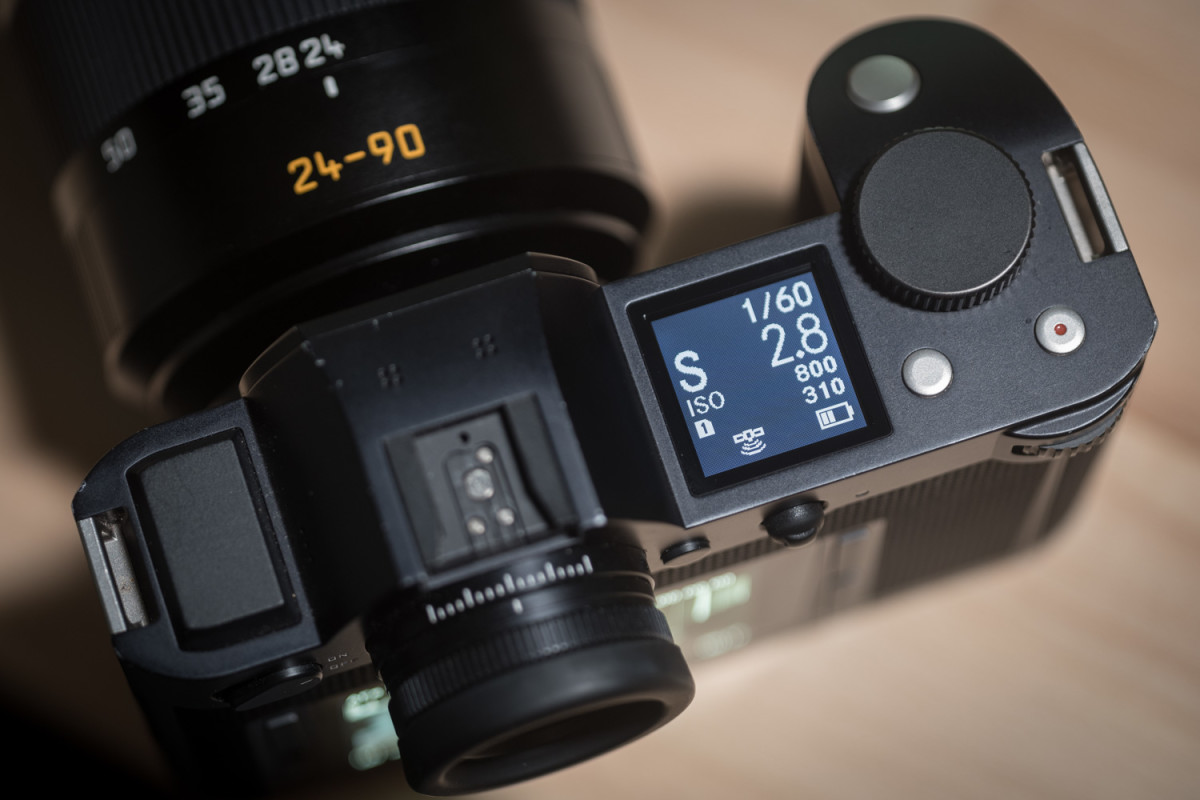
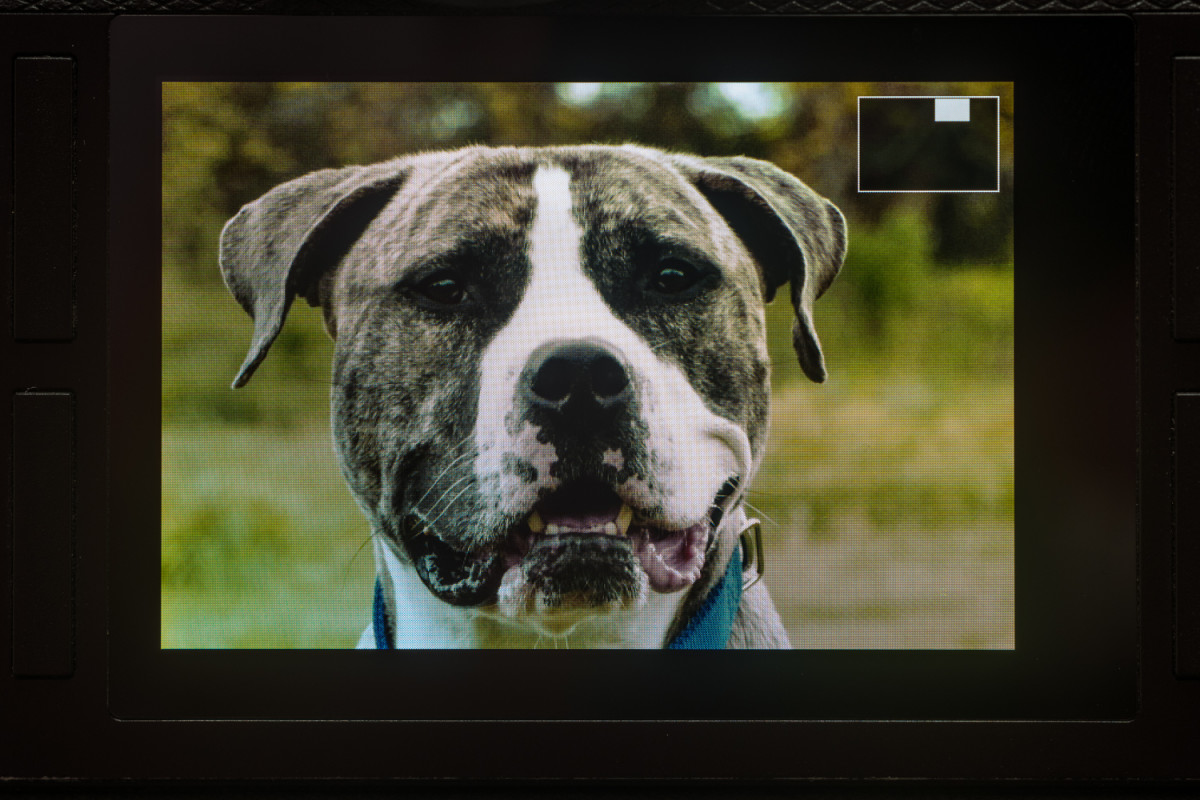
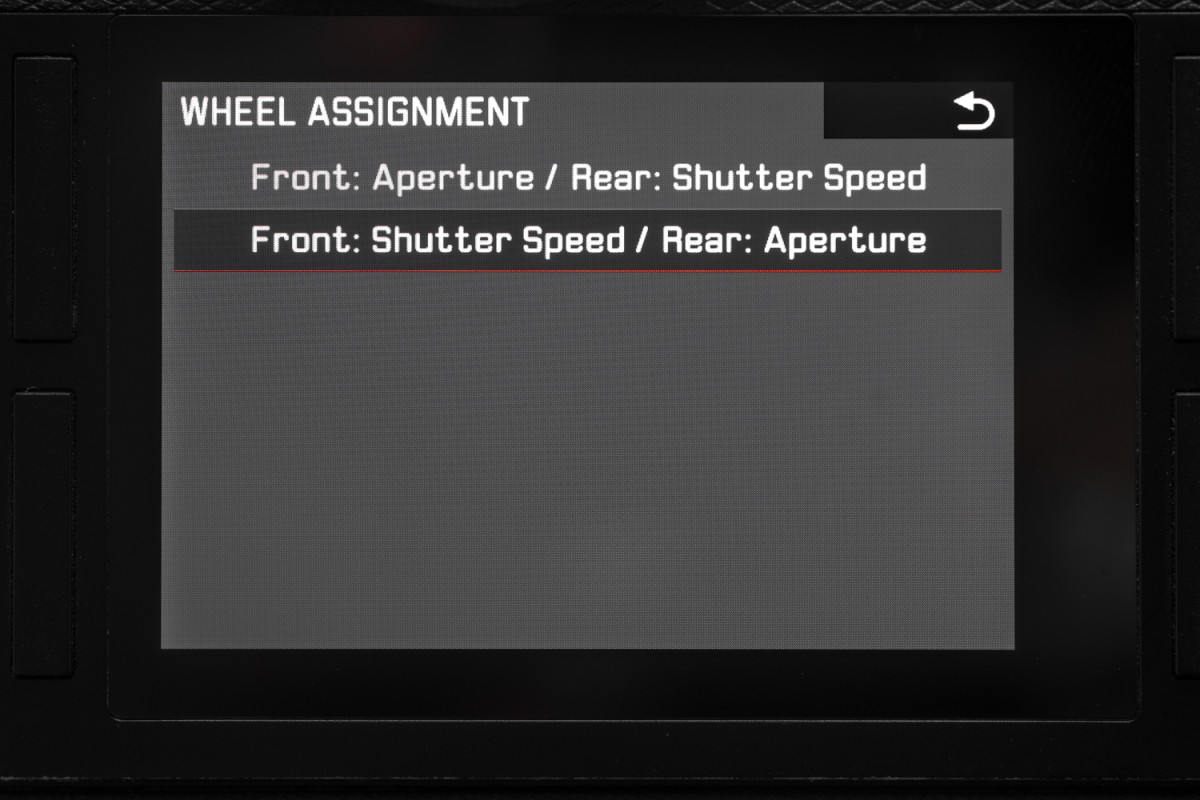
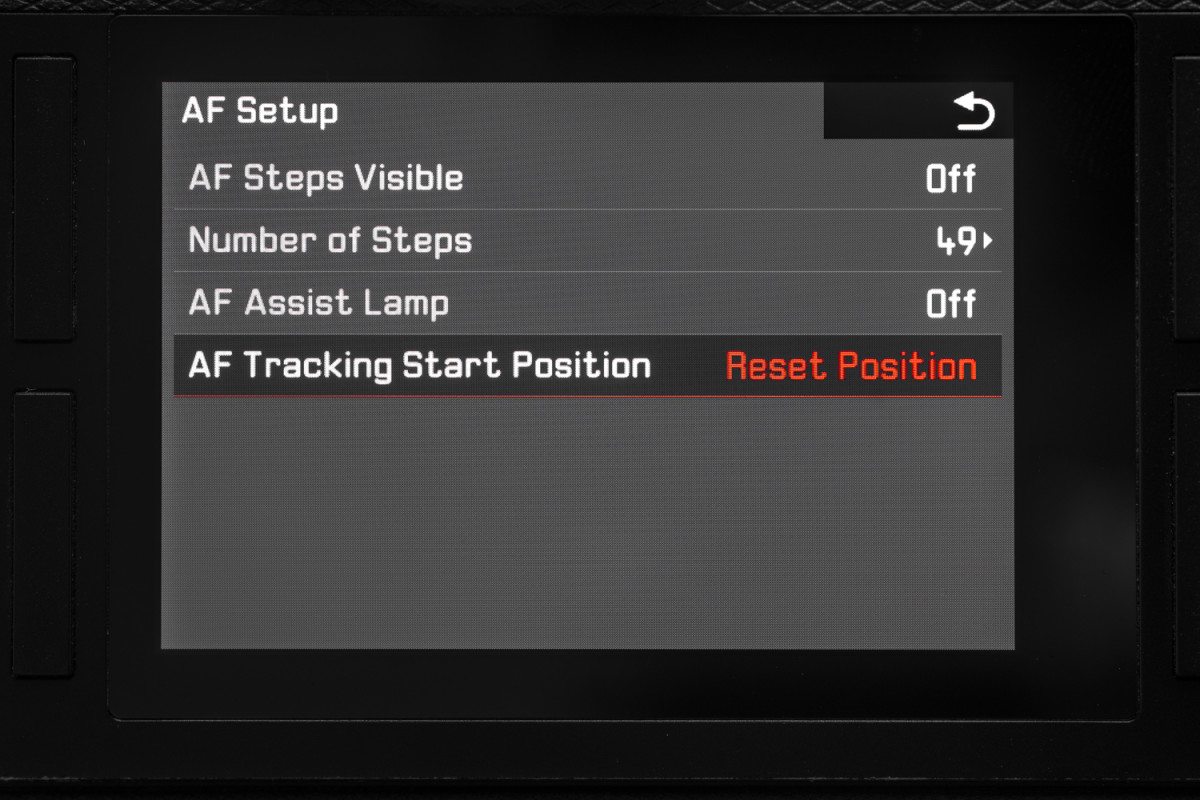
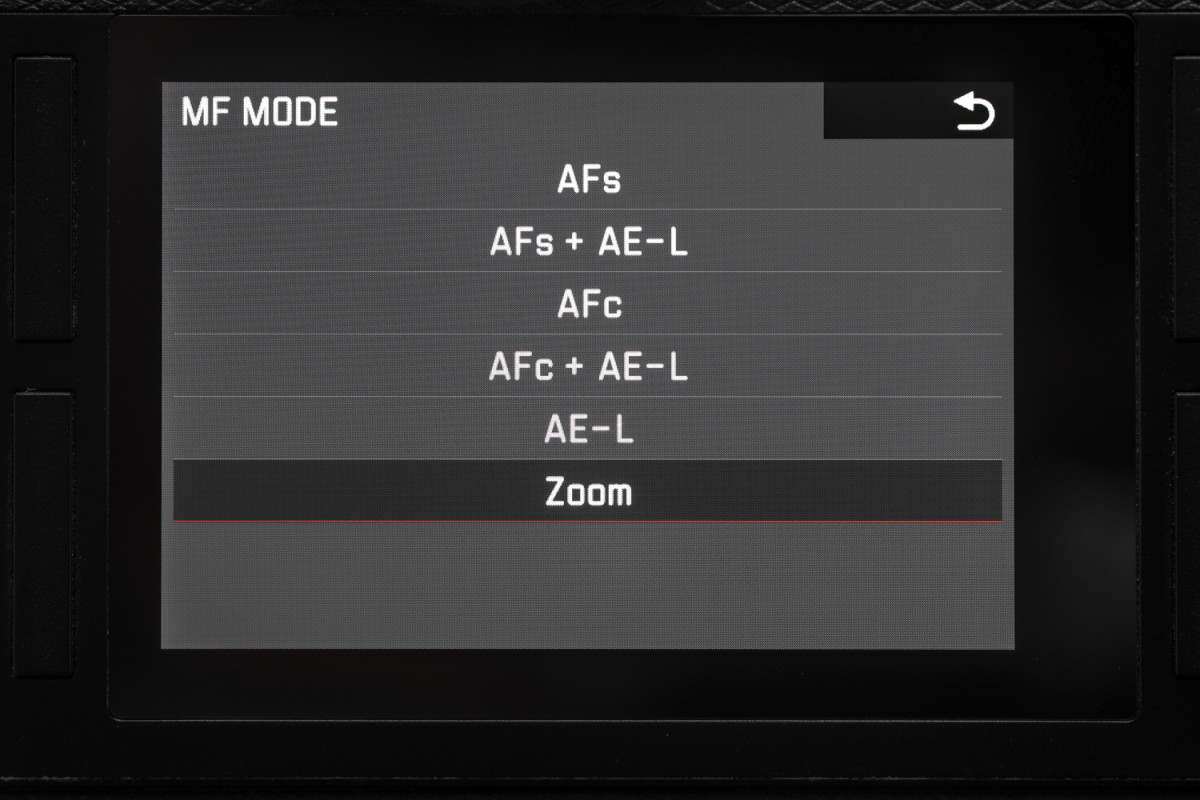
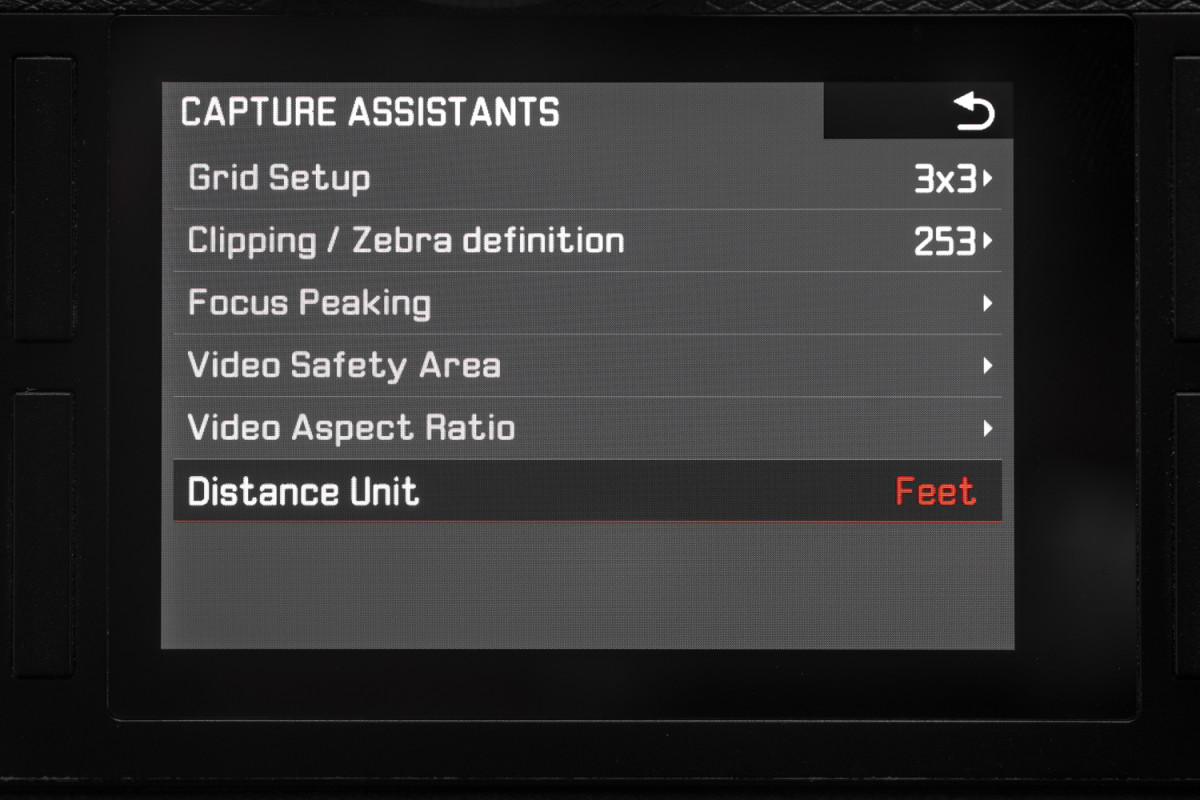
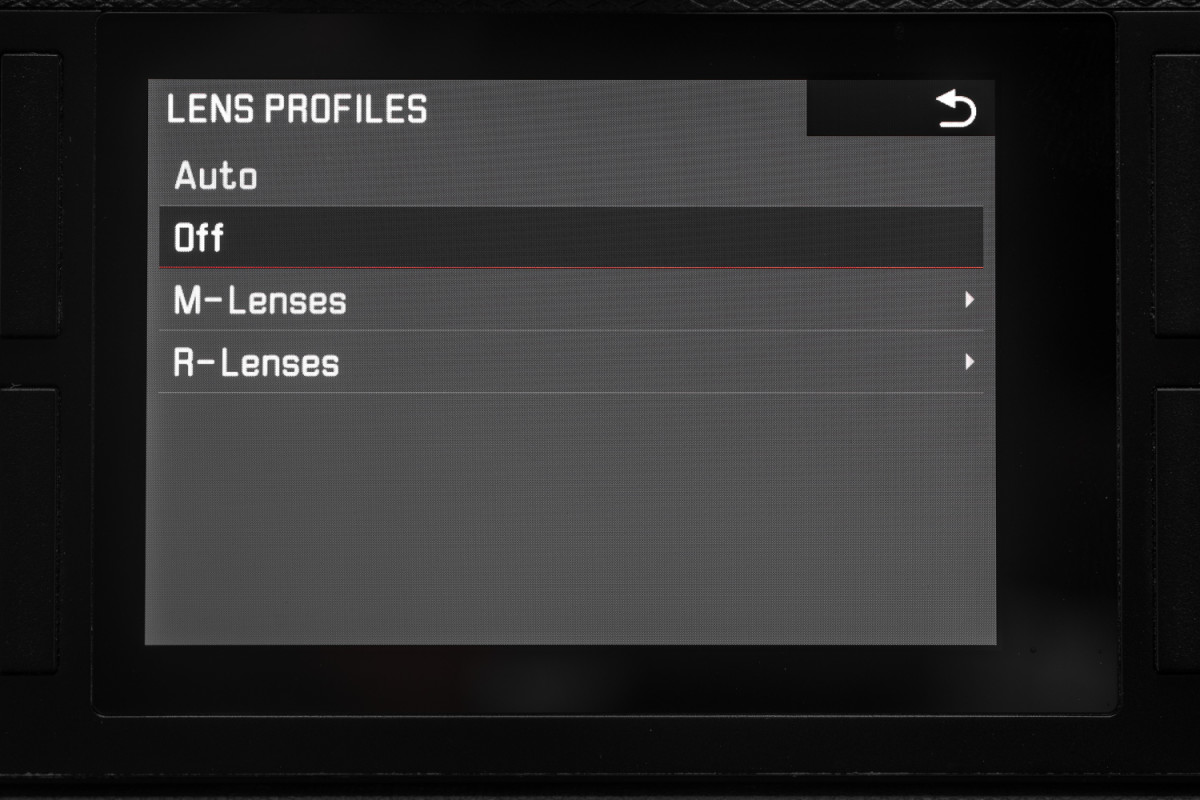
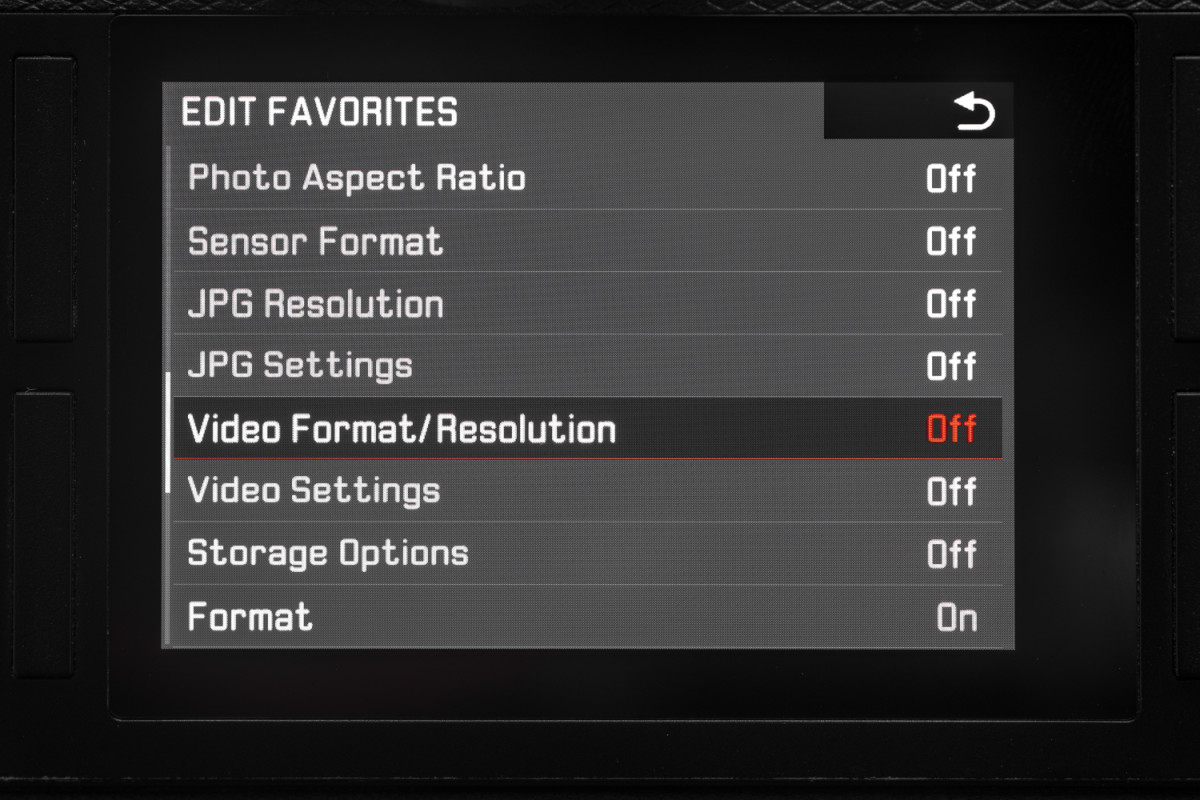
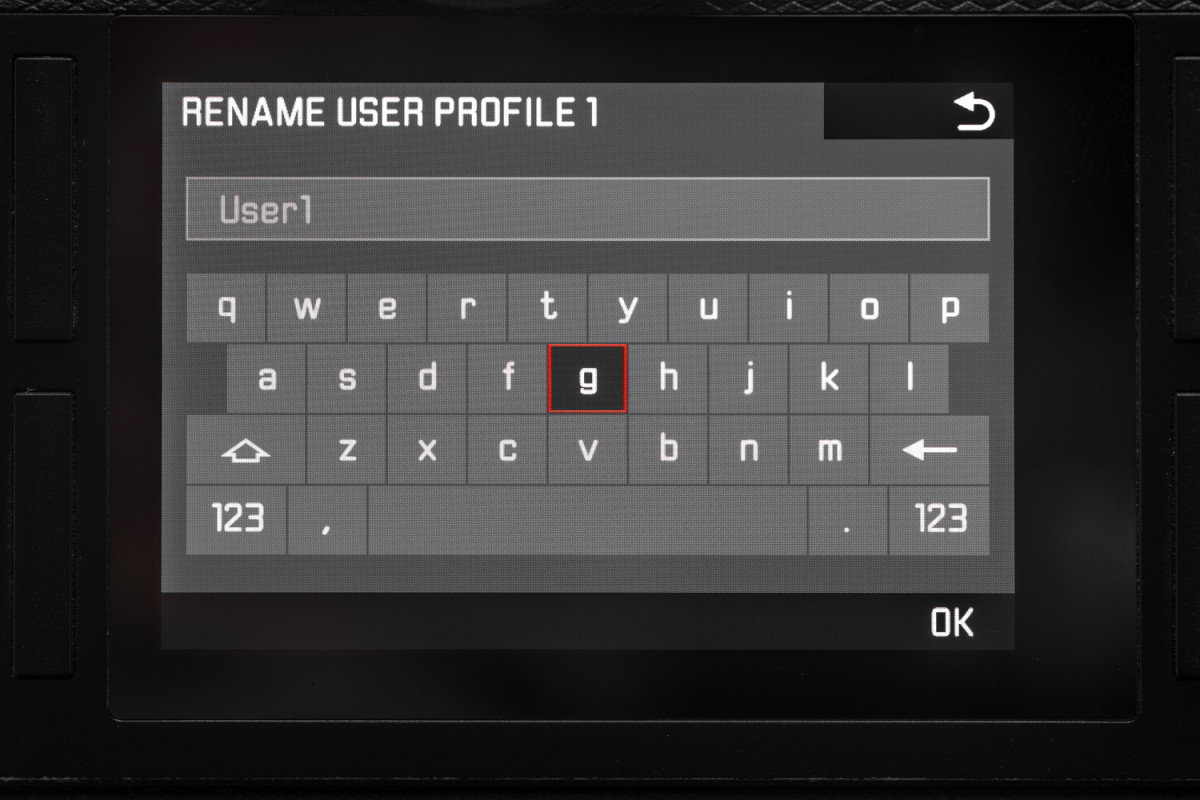
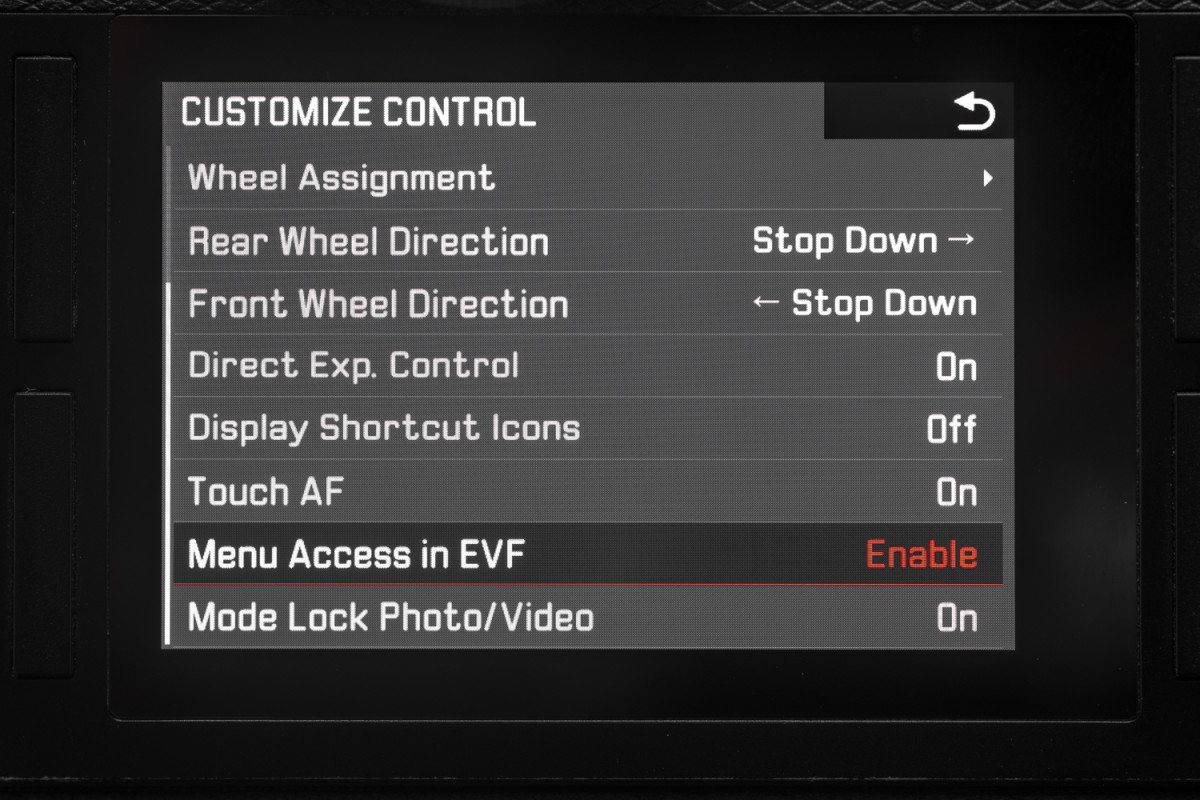
Great article.thank you so much for all the info.one thing I noticed with the electronic shutter when I set it to always on my shutter button does not work.it works fine in off and extended.
Mike, are you sure the shutter button is not working? Do keep in mind with the Electronic Shutter set to “always on” the camera will not make ANY sound when you take a picture…which is very odd at first if you aren’t used to it!
Thank you.i did not know that it makes no sound.when set to always on.
mind doing a video on the new and improved SL autofocus both in still & video modes? I’d love to see a test for this as this was the main reason I was holding back on buying this camera with the SL zoom lenses, I just couldn’t see it being able to replace my DSLR (Nikon system) for AFS-C applications (shooting sports or fast moving subjects on stage.
thanks!
Jesse, that is something we plan on doing in a future post, it just requires more testing than we had time for. The SL’s auto focus has been improved with every major firmware update and 3.0 is no exception!
I note a problem with M lenses on the SL. The aperture is no longer projected on the upper display nor in the evf. It just says “f –“. Anybody else noted this?
Thank you for this comment, I actually added a new section to the post about this change. Take a look!
Is there an option to just save DNG and no JPEG ?
I can’t find it in the new menu.
Steve, to shoot a DNG only on the SL, you want to go to Photo File Format which is near the top of the Camera menu (one of the first settings you’ll see when you bring up the menu). Then you can select DNG!
I was more concerned with the storage options, there is no DNG without some type of JPEG add on.
Steve, I’m not sure what you mean. On the SL, if you shoot DNG only (by selecting DNG in the Photo File Format menu), there is no JPEG file created at all. Are you seeing something different?
Josh Well done ! I am impressed that our discussions actually made it into this firmware release . No time to test it this week ..but soon I will give you some feedback onAF tracking ….
Just completed the 3.0 Leica SL update. I found it odd that the manual spot metering did not preview on the screen while in manual mode. One of my forum members suggested I switch the Exposure preview to PASM. I already had it on PASM and so I changed it to PAS. Reverse to what is expected, the preview is available in manual mode when the preview setting is on PAS. I reset the camera settings and the preview setting is still reverse to what is expected.
You can checkout my photos at http://www.dfunlife.com you can also lookup DFUNLIFE on Instagram (http://www.instagram.com/dfunlife), Facebook, and Twitter. I also have photos on Flickr (http://www.flickr.com/photos/dfunlife) Also see my photos at https://500px.com/dfunlife
Devin, from my testing here I do not see a difference in the behavior of the spot metering function in Manual mode whether Exposure Preview is set to PAS or PASM. The only difference I see with Manual mode is that in PASM, if you set your exposure manually, the live view will reflect that exposure even without the shutter half pressed. More testing is needed!
I’ve tried out some additional scenarios. I drew up a block diagram of my issue. How can I get it to the forum to post? I have it as a picture.
Ahhh. A drop box link to the picture. Here it is. https://www.dropbox.com/s/48c01uw8gv2np8b/Manual%20spot%20and%20live%20view%20.png?dl=0
Devin, I’ll take a look at your awesome chart, thanks!
Thanks
You tested the DNG writing speed with a pretty fast chip, so I checked with the 150 Mbps Lexar 1000 64 GB chips that I normally use. These are also UHS-II, and sitting in the #1 slot. I get 40 sec to empty the whole buffer with the new firmware. (Don’t know what it was before.) An interesting observation, though — the electronic shutter in continuous mode goes faster than the mechanical shutter. With the electronic shutter, I saw 32 shots in 2.6 seconds before the buffer filled and things slowed down. That’s 12 shots per second. With the mechanical shutter, it absorbed 34 shots over 3.4 seconds, for 10 fps average rate.
A question — I noticed that the firmware was updating my 90-280 SL lens (it took over 5 minutes to do that). Does 3.0 also bring TL lenses or older (but new in the box) T lenses up to speed when it sees them? (For video use on the SL, of course.)
scott
Scott, a 64GB SD card would be SDXC. I’ve always found SDHC (cards 32GB or smaller) to be a bit faster, in general. Interesting about the electronic shutter being a bit faster. I’ll have to check that here too!
There is no new firmware for the TL lenses in SL firmware 3.0, only for the SL 24-90mm and 90-280mm. And yes the lens firmware update does take quite a while!
Josh, is there a way to turn off the joystick / focus point grid on the display other than a half press on the shutter?
Josh, exactly what is “extended mode” for the electronic shutter?
That one’s easy — extended mode uses electronic shutter when you need a speed > 1/4000 sec. When any speed at or below 1/4000 is called for the mechanical shutter is used.
Josh, please disregard the joystick / AF focus point question. I just remembered how to turn it off.
Josh, on the right bottom corner of the live view screen there is a number which changes when the shutter button is half pressed. That number on my SL is 5K. When the shutter button is half pressed it changes to something that looks like L 33 . What are these numbers? I can’t find any reference to this in the manual. The screen images in the manual are all 633 or 634.
John, the 5K refers to the camera’s estimate of how many shots are remaining on the SD memory card (or cards). The L33 when the shutter is half pressed represents how many shots you have left in the camera’s buffer (33 shots in that particular case).
A new bug:
– time lapse with 1 second interval, is more like 1s, 1s, 0.2s, 1s, 1s, and so on. So every so often the camera jumps ahead quite a bit, instead of waiting the full interval.
If I buy a Leica SL in NYC around August 10, will it be upgraded with the new firmaware 3.0? As a vdeo shooter I’m very concerned about the AF tracking improvment. Any video on this topic yet? Thank you!
Arthur, I cannot speak for other Leica stores but at Leica Store Miami we always offer to update the firmware of new SL’s that our customers purchase before we deliver them if they so choose. In regards to the AF tracking for video, it has been improved but we usually use manual focus for our video production so we have not test the video AF improvements extensively yet.
Thank you very much Josh! If my choice is made I will probably buy it at B and H in NYC before august 12th
As soon as you will have test the video AF improvments please let me know.
I have summilux 35mm f 1:4 for my old Titanium Leica M 6 and a gorgeous 9Omm summicron nf: 2 for my old Leica R+a Distagon Zeiss 35mm f: 1:4 and Planar Zeiss 50mm, f: 1:4 for my Canon 5D Mark 2 to be changed for maybe the Leica SL and zoom elmarit 28/90….but before I need to be sure that the video autofocus capability works fine with no delay… Thanks again to let me know asap
Arthur, while you can of course acquire the SL anywhere you like, I do want to mention that when you shop with Leica Store Miami, that does support our efforts here at Red Dot Forum to do the kind of testing our readers appreciate. You are also welcome to email me anytime with additional questions at josh@leicastoremiami.com.
Hi Josh,
Is there a way with the SL to observe which photo number is being exposed on a particular SD card rather than only looking at how many remaining. My reason for asking is that if I am traveling and I want to make a note about a particular shot, e.g. a model’s name, the name of a store where that name doesn’t show in the photo, a town, the name of a lake, etc it would be easy to jot that down in a notebook. With shots remaining, I need to know the size card, and the shots remaining, and then figure out everything when I get back to Lightroom or Luminar.
Thank you in advance. Les
Les,
If you enter playback mode on the SL and cycle through the info display (lower right button), you’ll see the picture’s file name in the upper right corner. Ex – L1003310
Hope this helps.